Florida has been a popular vacation spot for decades, and it’s no wonder. The Sunshine State has more amazing food than you can shake a stick at, more family attractions than you can count, and perfect weather for most of the year. Although Walt Disney World and Universal Orlando are certainly the most popular attractions in Florida, many people vacation to Florida for other non theme park reasons. But before you make Florida your next vacation location, you should probably know these seven things.
1. It’s Probably Going to Be Crowded
Saying there are a lot of people in Florida is an understatement. There are over 21 million residents in Florida, and over 137 million people visit Florida each year. With this many people, there’s bound to be crowds and tons of people everywhere you look.
If you want to try to visit Florida when it’s a little less busy, you’ll want to plan your vacation during the spring or fall. November to March is known as “snowbird season”. This is the time when residents of the northern states flock to Florida to avoid frigid winter temperatures.
2. Prepare for the Weather
When you think of Florida, you may think of a nice summer beach breeze and the wind blowing through your hair. While Florida does have nice weather most of the time, this state is also prone to hurricanes. If you aren’t already familiar, hurricane season in Florida starts June 1st and ends November 30th.
Aside from hurricane season, packing for a Florida vacation can be tricky! The Sunshine State boasts warm temperatures year-round, but the humidity, rainfall, and occasional tropical storms can throw a curveball. To ensure a smooth and enjoyable trip, here’s a guide to preparing for the Florida weather:
Know your travel dates:
- Peak season (December-April): Expect sunny days with highs in the 70s and 80s (°F). Occasional rain showers are possible, but they’re usually brief. Pack light, breathable clothing, sunscreen, and a hat.
- Shoulder seasons (May-June & September-November): Temperatures remain warm, but humidity rises, and rain showers become more frequent. Pack for both sunshine and rain, with quick-drying clothes, a rain jacket, and an umbrella.
- Off-season (July-August): These are the hottest and most humid months, with highs reaching the 90s (°F). Thunderstorms are common, so be prepared for sudden downpours. Pack light, moisture-wicking clothes, a wide-brimmed hat, and a strong sunscreen.
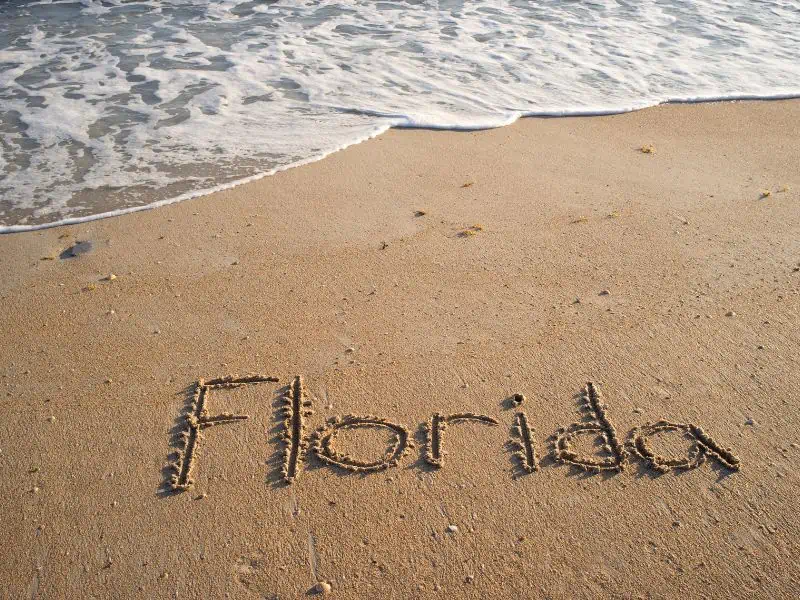
Consider your destination:
- South Florida (Miami, Fort Lauderdale, Key West): Generally warmer and drier than the north, with less rain. Pack for beach days and warm evenings.
- Central Florida (Orlando, Tampa): Theme park capital with hot, humid summers and mild winters. Pack for both sun and rain, with comfortable walking shoes for theme park days.
- North Florida (Jacksonville, St. Augustine): Slightly cooler than the south, with more distinct seasons. Pack for a mix of warm and mild weather, with layers for occasional cooler evenings.
Some essential Florida packing tips:
- Sunscreen: SPF 30 or higher is a must, reapply often, especially after swimming or sweating.
- Sunglasses and a hat: Protect your eyes and face from the strong sun.
- Breathable clothing: Opt for cotton, linen, or moisture-wicking fabrics.
- Swimwear: Pack enough for your beach and pool days.
- Rain gear: A lightweight raincoat and umbrella are handy year-round.
- Comfortable shoes: You’ll be doing a lot of walking, so choose shoes that support your feet.
- Quick-drying clothes: For those unexpected downpours.
- First-aid kit: Be prepared for minor cuts, scrapes, or insect bites.
3. Traveling Throughout Florida
Florida is bigger than you may realize, so you’ll definitely want to have a means to get around. Although Florida does have a public transit system, using this system can be hectic and inconvenient, especially when you don’t know the routes or if you’re on a schedule. Your best bet is to travel by bus or rent a car, especially if you’re going to be in South Florida.
There are direct routes taking you by bus from Miami to Orlando, including the Florida Keys and the Everglades. If you’re leaning towards renting a car to tour the Sunshine State, it’s a good idea to purchase a Sunpass (Florida’s prepaid toll system) to avoid expensive tolls and administrative fees (there’s a lot of them!).
4. Learn About the Different Lifeguard Flags
If you have plans to soak up the sun on a Florida beach, make sure you’re familiar with the flags lifeguards may display, and that you understand them. A green flag means the conditions are calm, which means a normal day at the beach. A yellow flag signifies the current and surf are moderate, so proceed with caution.
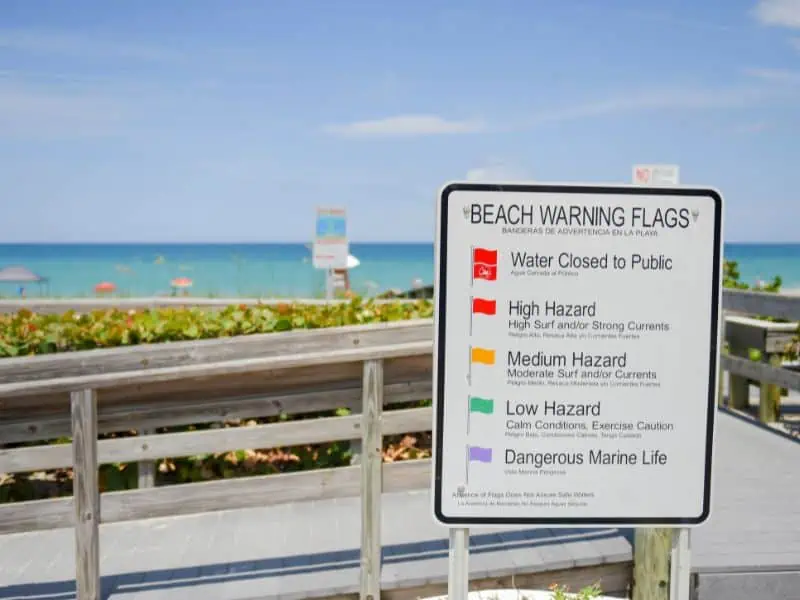
There are two types of red flags that a lifeguard may display. If there is one red flag, it means high surf and strong currents. If there is an additional red flag that displays a no swimming emblem, this means the water is closed to the public. A purple flag indicates stinging marine life, such as jellyfish, have been seen nearby.
5. Oh Those Pesky Bugs
The beautiful scenery and gorgeous sunshine often comes with a price – bugs! Lots of the biting kind too! The humidity and standing water in Florida create the perfect habitat for many pests, such as mosquitoes, pillbugs, and more.
Here’s a heads-up on some common Florida bugs and pests you might encounter, along with tips on how to avoid them:
Mosquitoes: These notorious buzzers are active year-round, especially at dusk and dawn. Pack insect repellent with DEET or picaridin, wear long sleeves and pants in the evenings, and consider using mosquito nets if staying outdoors for extended periods.
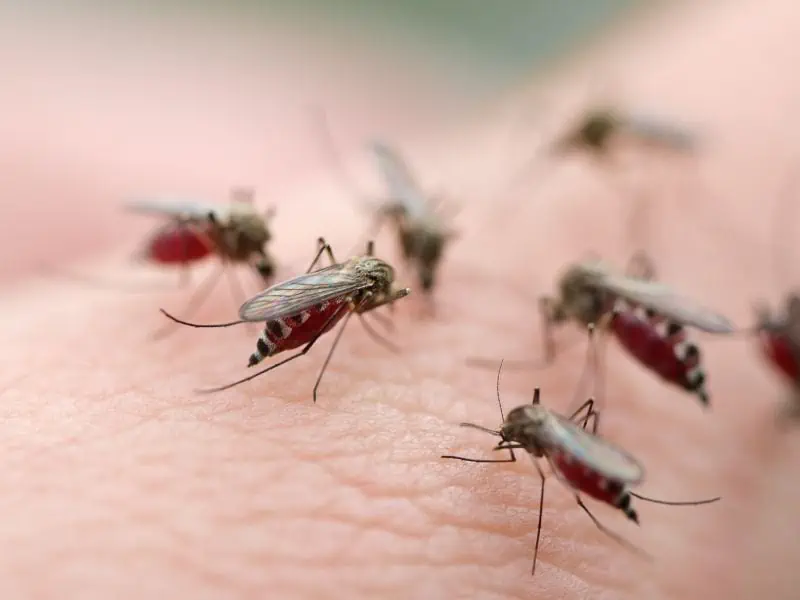
No-see-ums: These tiny biting midges are even peskier than mosquitoes! They’re most active near water and in shady areas. The same repellent tactics for mosquitoes work for these little buggers.
Fire ants: These aggressive ants have a painful sting. Look out for their distinctive mounds in soil and avoid stepping on them. Wearing shoes and socks outdoors can help prevent encounters.
Palmetto bugs: These large roaches might startle you, but they’re relatively harmless. Sealing cracks and crevices in your accommodation and keeping food stored away can help deter them.
Spiders: Florida has a variety of spiders, some venomous like the black widow and brown recluse. While encounters are rare, be cautious when reaching into dark corners or under objects. If you’re concerned, consider staying in higher floors of buildings.
Ticks: These blood-sucking arachnids can transmit diseases like Lyme disease. After spending time outdoors, do a thorough body check for ticks, especially in areas like armpits, groin, and behind the knees.
6. Respect the Native Wildlife
Florida’s vibrant tapestry of ecosystems harbors an equally vibrant array of native wildlife, waiting to be encountered by curious visitors. From graceful manatees gliding through emerald waterways to playful dolphins frolicking in the surf, the Sunshine State offers a unique opportunity to witness the beauty and wonder of nature. But remember, responsible wildlife tourism is key to ensuring a harmonious experience for both visitors and animals.
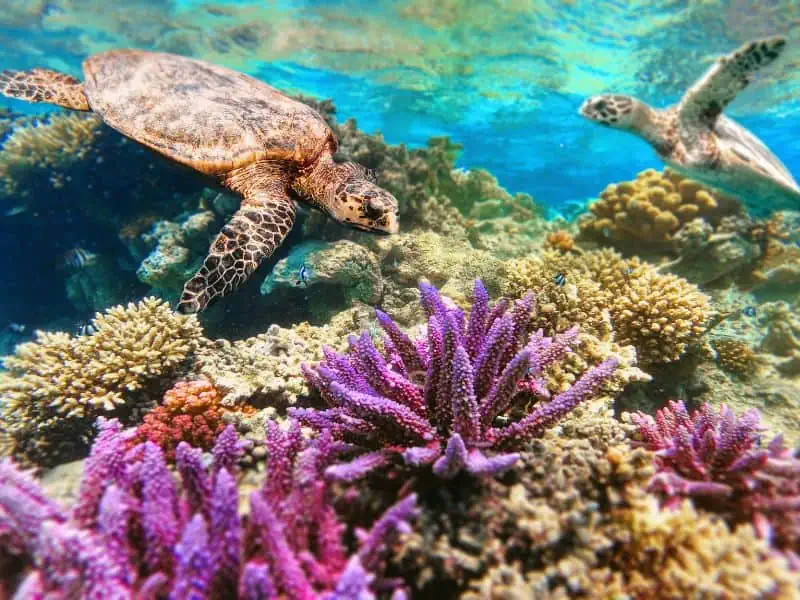
Marine Marvels:
- Manatees: These gentle giants, affectionately nicknamed “sea cows,” can be spotted grazing on seagrass in shallow coastal waters and rivers. Observe them from designated viewing areas, at one of Florida’s natural springs. If you encounter them in the wild while on a boat, stop the engine and avoid approaching them.
- Dolphins: Bottle-nose dolphins often play alongside boats, but resist the urge to throw them food or swim with them, as this can disrupt their natural behavior. Enjoy watching them from a distance and appreciate their intelligence and agility.
- Sea turtles: Loggerhead, green, and leatherback turtles nest on Florida’s beaches. Keep your distance from nesting sites, avoid using flashlights that can disorient hatchlings, and be mindful of your noise levels to minimize disturbance. There are sea turtle rescue facilities you can visit to learn more about these amazing creatures.
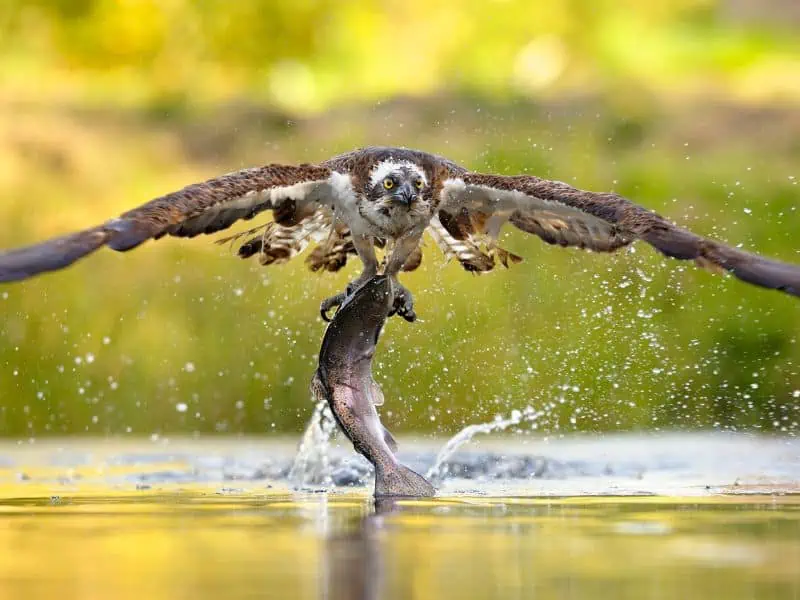
Soaring Beauties:
- Bald eagles: These majestic birds of prey often nest near bodies of water. Maintain a safe distance and avoid using drones or loud noises near their nests, as this can stress them and impact their breeding success.
- Ospreys: Watch these skilled fishers dive for prey in rivers and lakes. Give them their space and avoid approaching too closely, especially during nesting season.
- Wading birds: Herons, egrets, and roseate spoonbills add pops of color to marshes and wetlands. Stay on designated paths to avoid disturbing their feeding and nesting grounds.

Landlubbers and Lurkers:
- Alligators and crocodiles: These apex predators play a vital role in the ecosystem. Always maintain a safe distance, never feed them, and be especially cautious near bodies of water, particularly at dusk and dawn.
- Florida panthers: These elusive cats are rarely seen by humans, but respecting their habitat is crucial. Stay on designated trails and avoid venturing into dense undergrowth.
- Snakes: While most Florida snakes are harmless, it’s best to admire them from afar. Don’t attempt to handle them and give them space to slither away.
Respectful Visitor Tips:
- Pack binoculars and a telephoto lens: Observe wildlife from a comfortable distance without disturbing them.
- Leave no trace: Pack out all your trash and avoid littering, which can harm animals and their habitats.
- Support responsible tourism: Choose operators who prioritize wildlife welfare and ethical practices.
- Educate yourself: Learn about the animals you might encounter and their conservation needs.
By following these simple guidelines, you can ensure a memorable and enriching wildlife encounter in Florida, leaving a positive footprint on this ecologically rich wonderland. Remember, responsible tourism is the key to preserving the Sunshine State’s natural treasures for future generations to enjoy.
7. Money Matters
Because summer is a popular season for tourists and families, the prices of lodging and other things will obviously skyrocket. If you want to visit Florida and save money on your vacation, you should definitely try to plan your trip around March, April, or late October. (You can also try these great money saving ideas and tips before your trip!)
This is also a great time to visit Florida if you want warm weather and not scorching temperatures with insane humidity, not to mention A LOT fewer people.